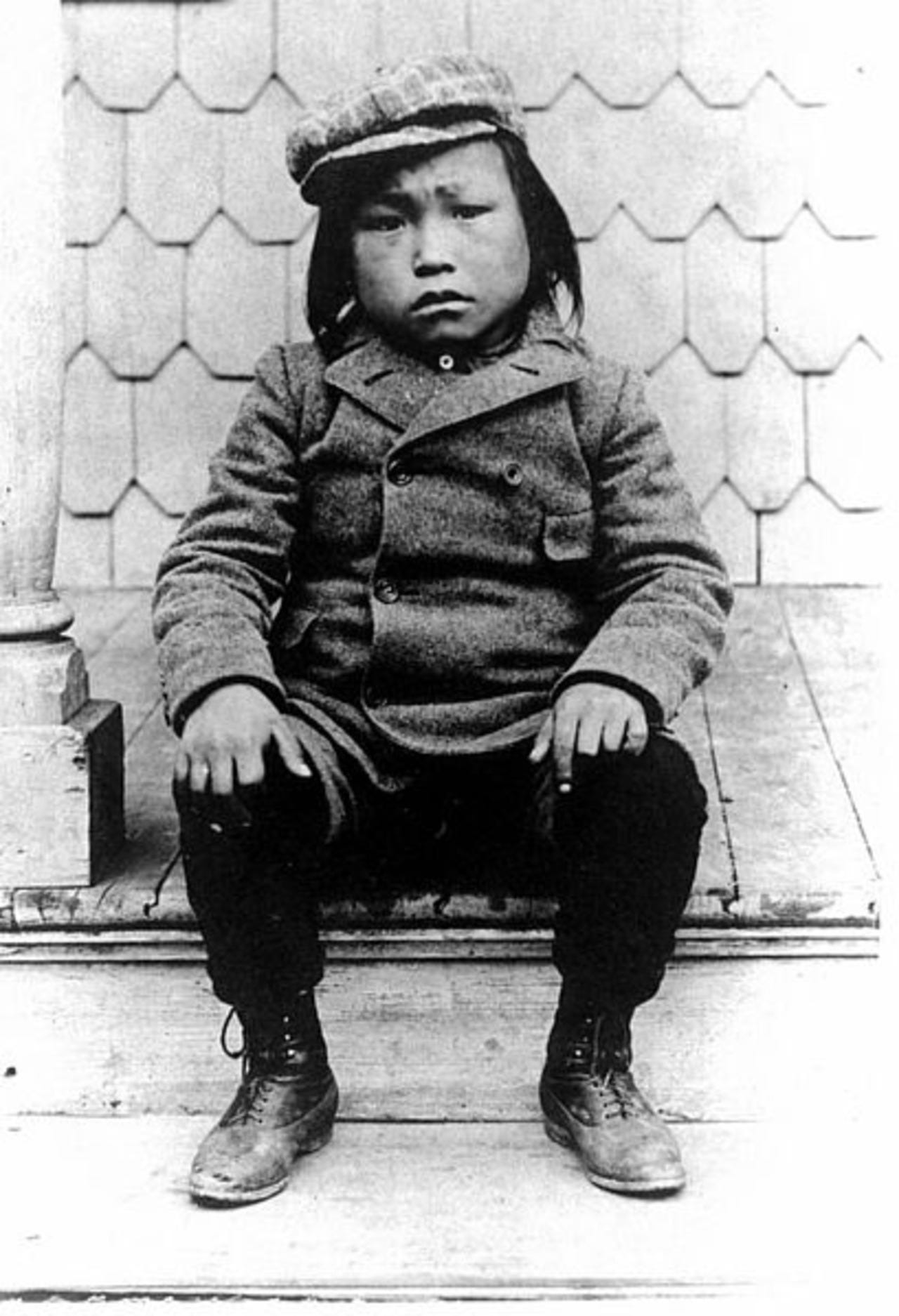Minik and the Meteor
Behind the American Museum of Natural History’s most venerable artifact is the shameful tale of a relentless explorer and a young boy’s torturous journey from Greenland to New York.
The hulking, craggy rock that looms largest in the Arthur Ross Hall of Meteorites at the American Museum of Natural History seems immovable, and is in fact so heavy that its supports go right down to the bedrock of Manhattan beneath the museum. Of course, the hefty iron meteorite didn’t just plummet from space right into New York. Along with the two smaller meteorites placed alongside it, the rock has had a long journey from its original place of impact. Its journey is the story of a determined leader in the Age of Arctic Exploration, and the tragic life of a young Inuk boy, quite possibly the loneliest boy in nineteenth century New York, who briefly lived at this very museum.
The three specimens are all part of a 4.5-billion-year-old rock that was once the center of a two-hundred-ton asteroid that fell to Earth 10,000 years ago, breaking and scattering in pieces across Greenland. Known as the Cape York meteorites, they were used for centuries by the Inuit as a sort of quarry for iron …


